Flat roofs are not flat. They have a slight angle or slope built into them so water can drain properly. This helps avoid leaks, mold, and structural damage.
What Is Slope?
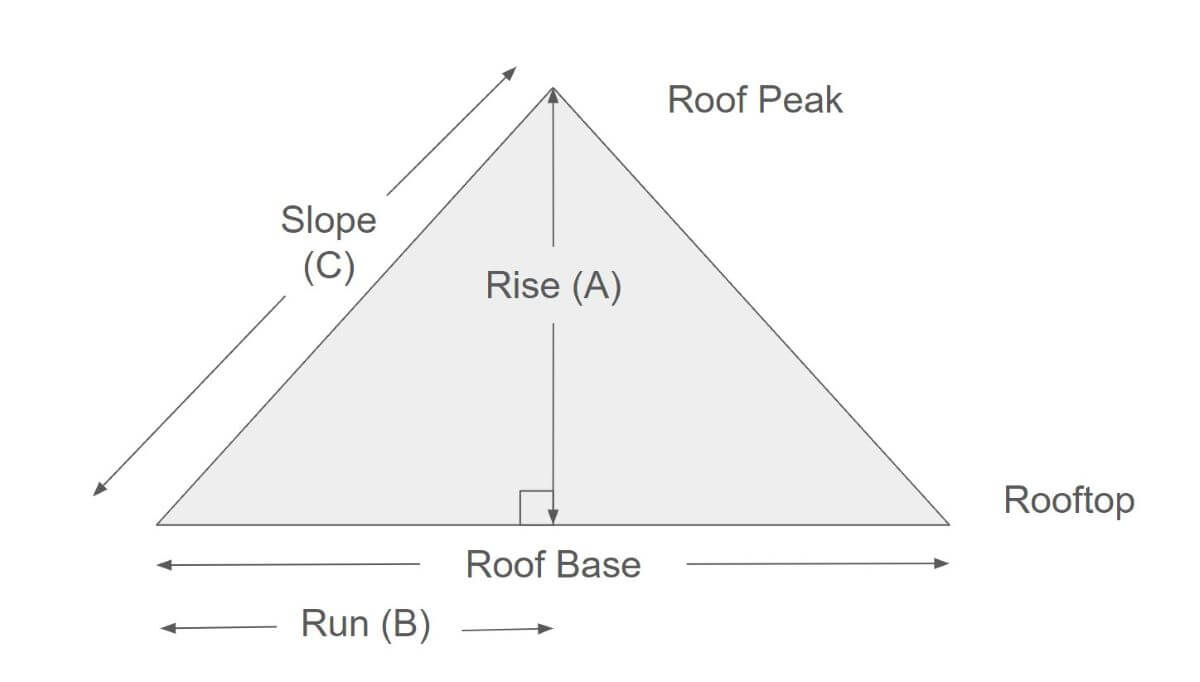
Slope (C) is a measure of the roof’s rise over a set distance. For flat roofs, it is expressed as a ratio of the number of inches a roof rises (A) over every 12 inches of the roof’s width across to its midpoint or run (B).
Because slope affects your choice of flat roofing materials, how they’re installed, and how well they perform over time, understanding how to measure and calculate the slope of a commercial flat roof can be a valuable tool for property managers and building owners.
Measuring Slope
Measuring the slope of a commercial flat roof can be tricky because of the size of the roof. We will show you three different ways to simplify the task below. You can use a tape measure, digital level, or laser level, depending on your roof type and tool preference.
Roofs With Parapet Walls
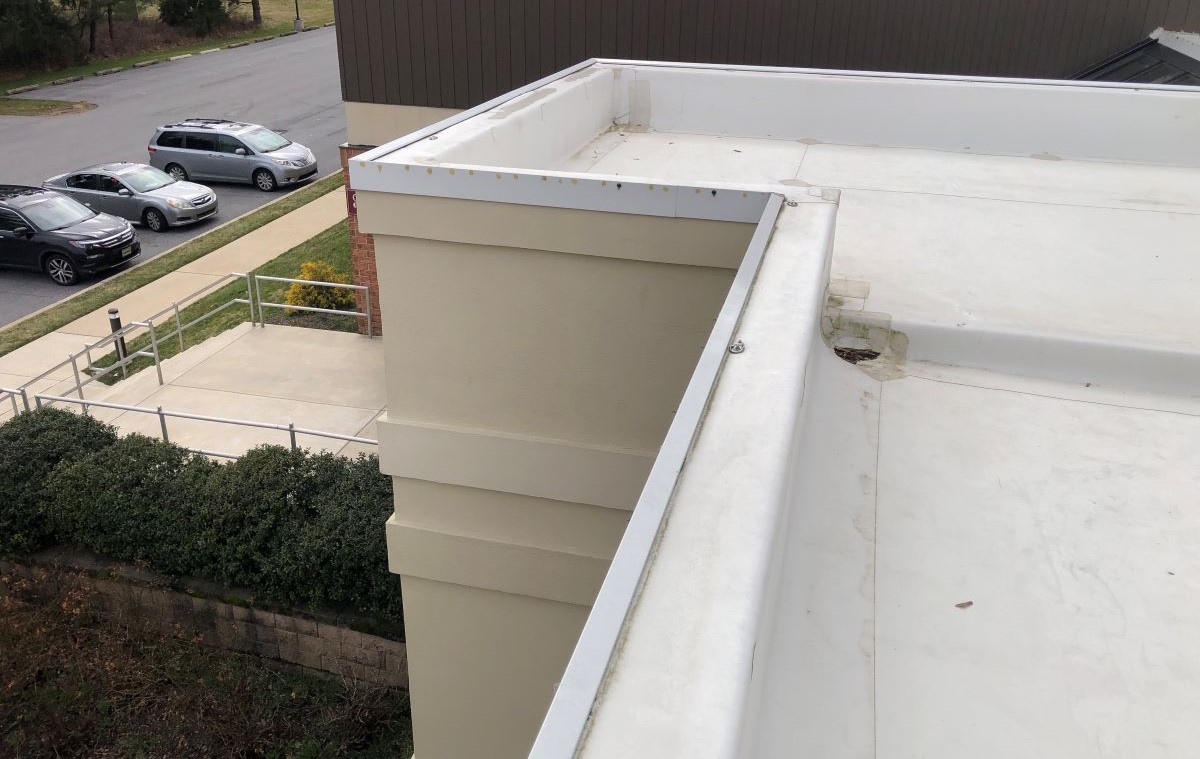
If a roof has parapet walls, then you can use a regular tape measure to determine its slope. Note that parapets are equal in height relative to the foundation of the building, but vary in height when you’re measuring from the rooftop up.
To measure the roof’s slope when you have parapet walls:
1. Measure the height of the parapet wall at the tallest point on the roof. Measure from the point where the roof surface meets the parapet.
2. Do the same thing at the lowest point of the roof.
3. Subtract the lowest parapet height from the highest. This is the “drop”.
4. Measure the distance between the two points. This is the “run” (B).
5. You now know how much drop, or slope (C), you have over a set distance or run.
6. Next, convert the drop number into inches and divide it by the number of feet in the run. This will tell you how many inches per foot of slope you have.
For example, if you have a roof drop of 36 inches over a 144-foot distance or run, divide 36 by 144 to yield a slope of 0.25 inches for every 1 foot of horizontal run on the rooftop.
Inside the Building With a Laser Level
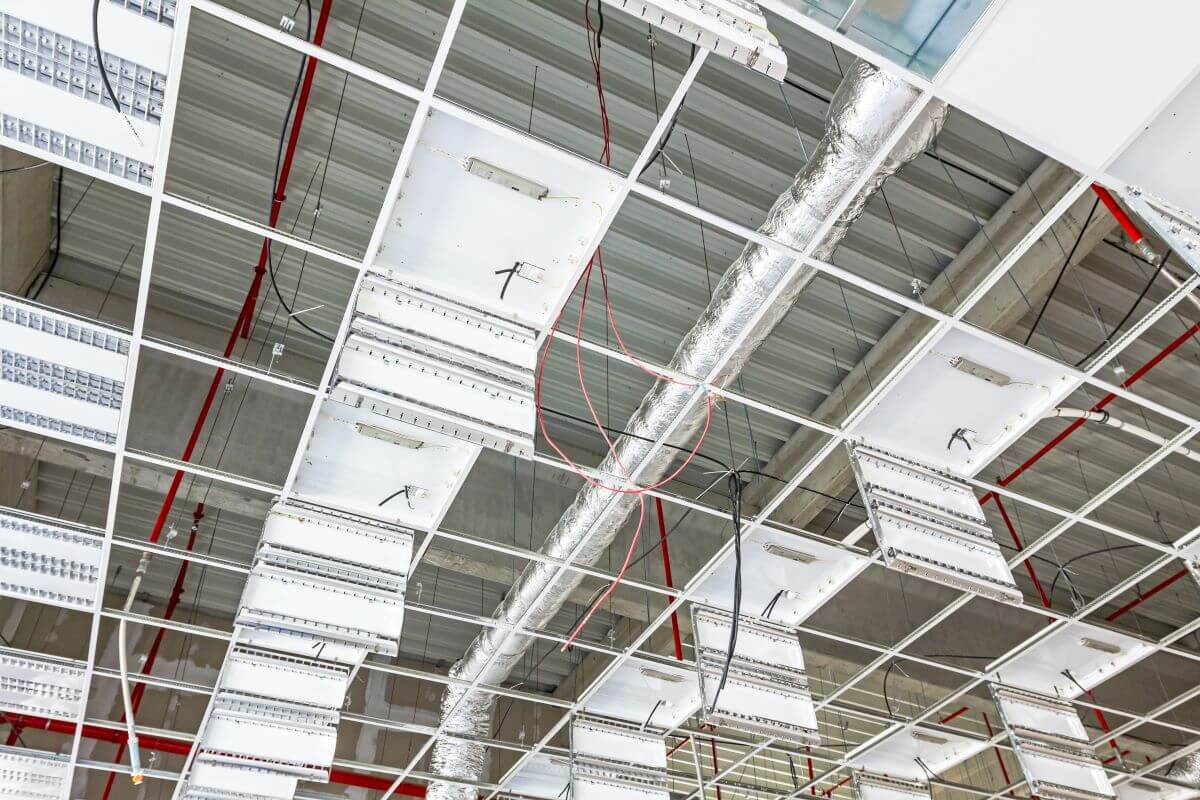
Another way to measure the slope of a commercial flat roof is to use a laser level inside the building.
1. Set your laser level up close to the roof joists, making sure it is shining on the high and low points.
2. Mark on the joist where you take your measurement.
3. Measure the distance from the bottom of the joist to the laser lever at the high point.
4. Then repeat this process at the low point.
5. Measure the distance between the two points and repeat steps 3 through 6 above to find the slope.
Inside the Building With a Digital Level
The third option is to measure the slope from inside the building using a digital level. Digital levels are relatively inexpensive and can usually be found at any home supply store.
1. Set your digital level to the roof slope setting.
2. Set the level on the bottom of the roof joist
3. Read the slope displayed on the level.
We don’t just recommend setting the level on the roof itself because the joist will give you a more accurate measurement. There can sometimes be irregularities and undulations in the roof that could otherwise throw off a level.
What If Your Roof Has No Slope
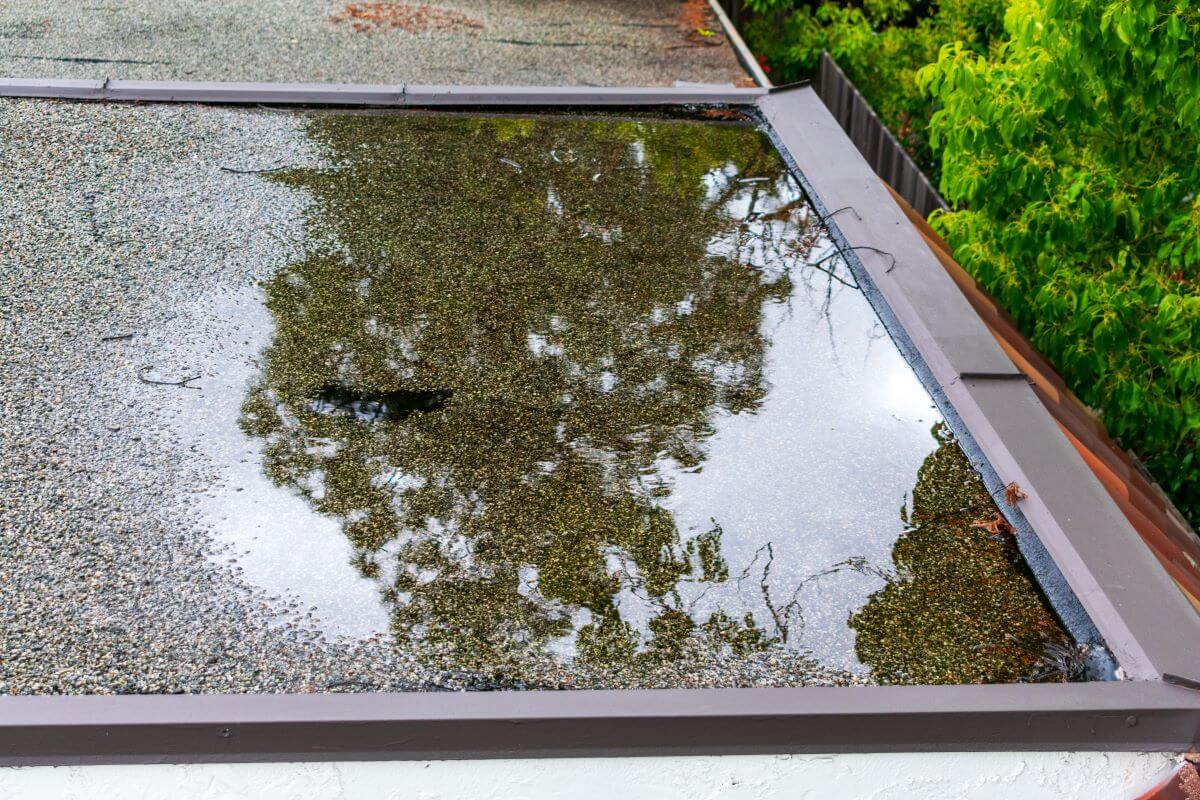
Summary
While it is helpful to know the slope of your commercial flat roof, it can be tricky to measure because the surface on a commercial rooftop is so large. We recommend using one of the three methods explained above to gain a quick measure of your roof’s slope using a simple tape measure, laser, or digital level.

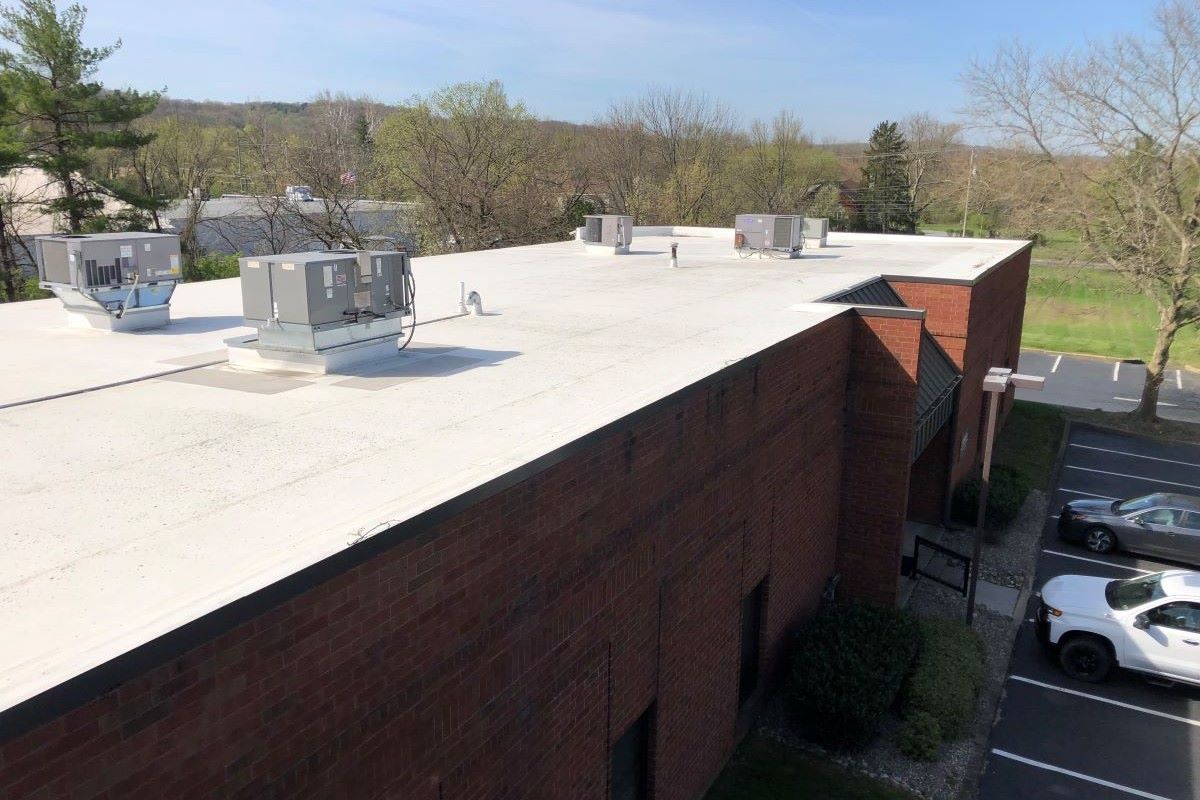
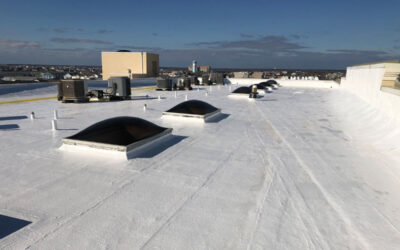


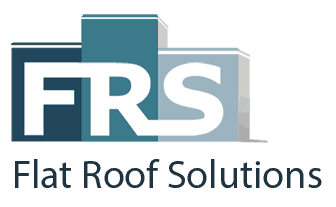


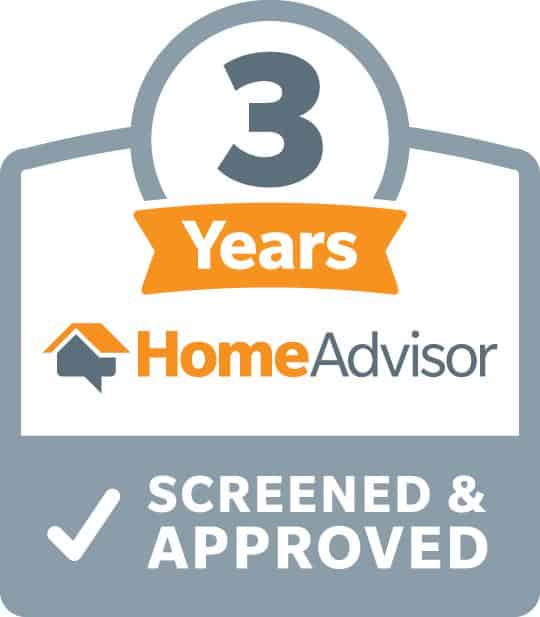
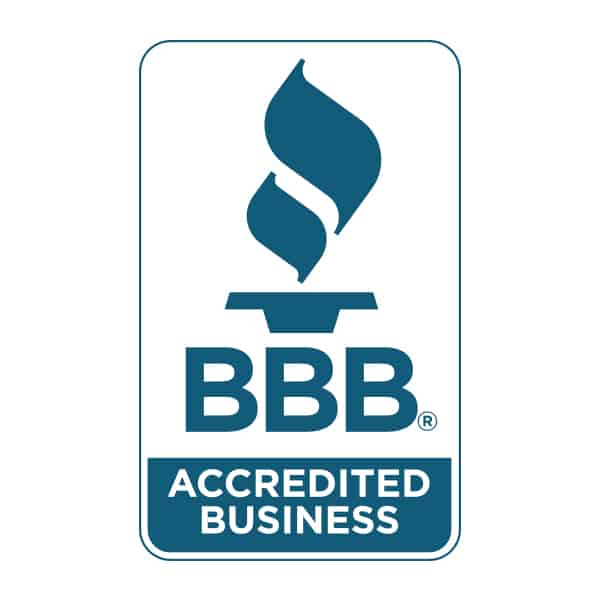

Add your first comment to this post